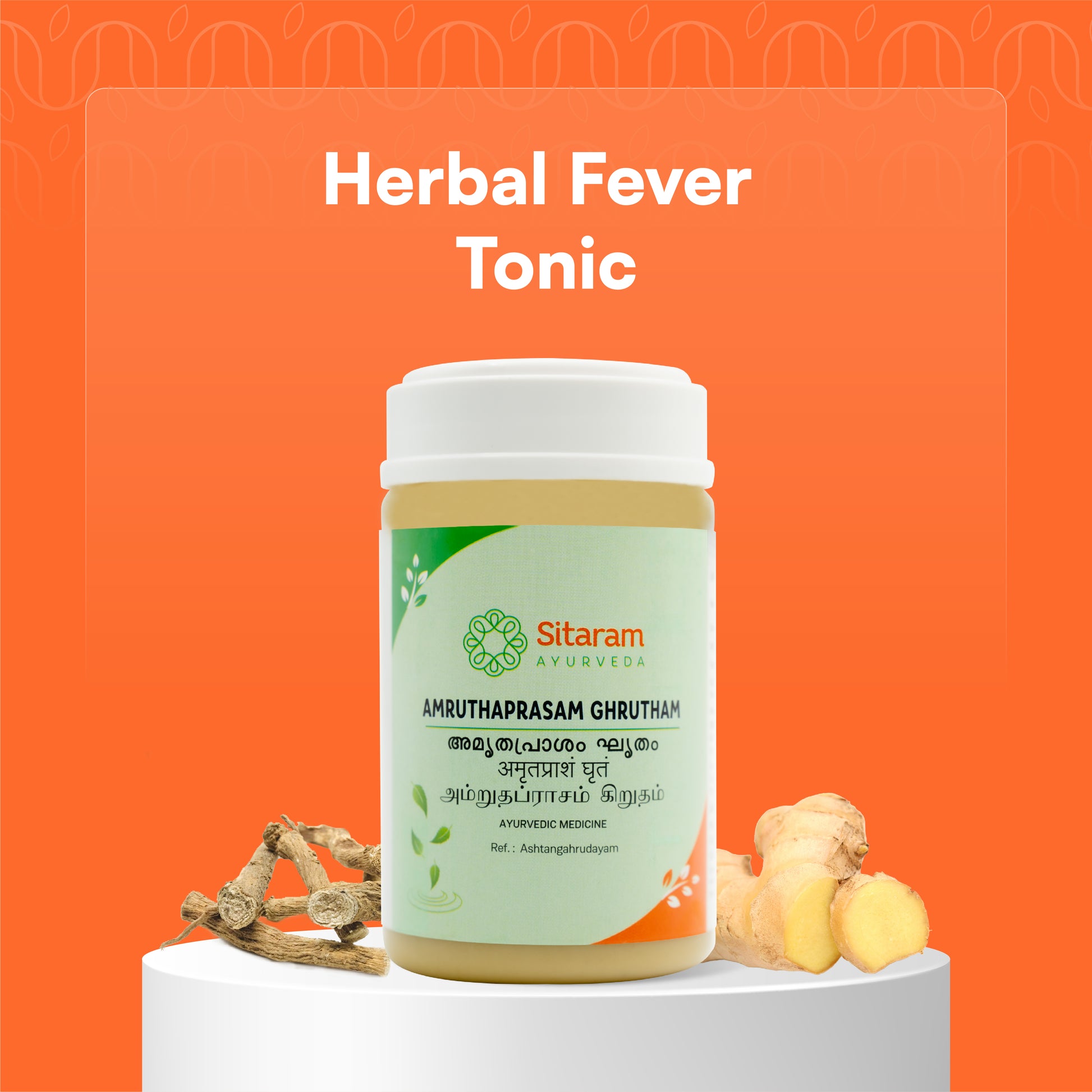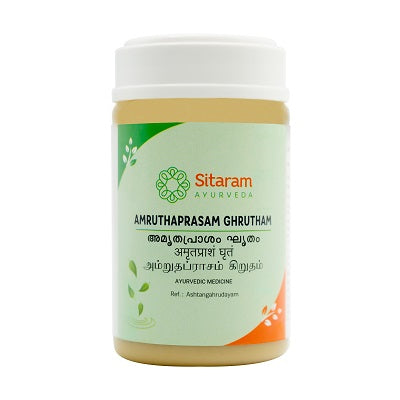Skip to product information

‘Prasa’ is a uniquely Ayurvedic mode of medicine administration, wherein the medicine is substituted for mealtime in a healthy individual. ‘Amruthaprasa’ is a medicated ghee that revives and rejuvenates the body exhausted by age, disease and activity. Amritaprasa Ghritam sustains healthy metabolism and imparts deep nourishment.

amritaprasa ghritam 150 gm
₹170.00
Reliable shipping
Flexible returns
